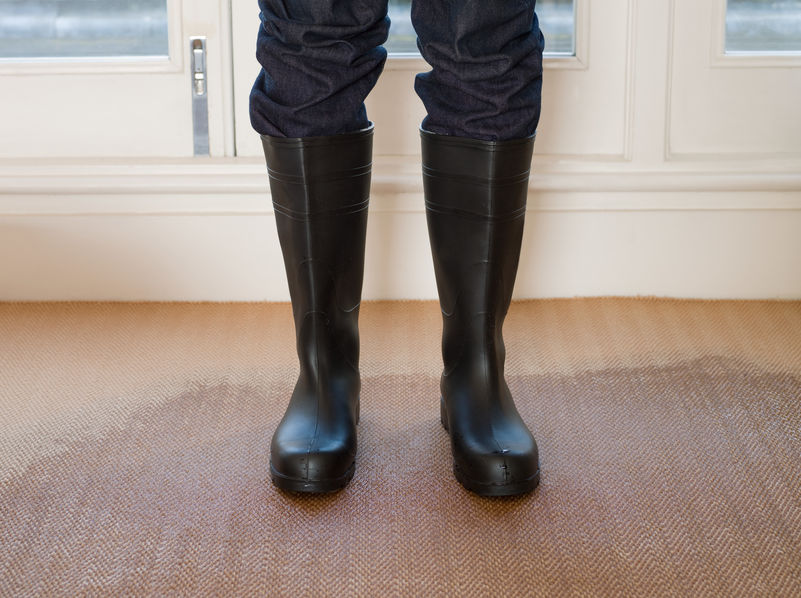If the flooding in your home was bad then chances are, your carpet was completely soaked in water. You may have to remove the water from your home first before you can even remove the carpet off the floor. If the carpet is soaked and heavy with water, you can raise it about a foot above the floor and put some support underneath so that the water will drain from the carpet.
Wet carpet is an annoying issue to deal with for those who do not have any idea how to deal with it. Those of you who have cleaned it already dried and cleaned carpet before would know that it is not a big deal if you know the correct the directions and step by step instructions. This article would tell you exactly how to dry a wet carpet.
Carpet gets wet by several reasons like leaking roof, overflowing sink or torrential rain. Whatever is the reason once you notice a damp carpet, you have to dry it immediately. If the carpet is made wet by a flood and you could only get into the house after a couple of days, act fast and do your best to dry it as soon as possible. Do not ever pile up the wet carpet thinking that it would dry on its own. If allowed to do so, even after weeks the thick carpet would be still wet and not only that it would be totally infested by molds.
Moldy carpet begins to give out foul musty smell. The toxins spread by the mildews would cause allergic reactions on the inhabitants. The first thing that you are expected to do is to switch on the air conditioner and leave it like that at lowest temperature setting. Molds grow abundantly in damp conditions. Humid atmosphere and contact with water enhances the rampant growth of molds and mildews. Some people put the heater on thinking that this would evaporate the water from the wet carpet. This actually does harm to the wet carpet and as a matter of fact molds reproduce fast at higher temperature. So, do not make any conscious attempt to warm the room.
Now with air conditioner chilling the room, there is no possibility of further mold growth at lower temperature on the wet carpet. Carpets come with padding at its base. The padding made of soft material absorbs moisture and water is collected inside this compartment. So, the carpet and the padding have to be dried properly. Expose both the padding as well as the carpet to drier. Any trace of water locked in between the carpet and pad should be extracted using floor blower, fan and dehumidifier.
If the padding has developed adamant stains, don’t worry, this would go below the carpet and would be concealed. Check for any mold attack on the padding by visually inspecting for any patches, discoloration or smell it. If you find it musty, then mildew has set in and takes necessary steps to terminate the mildews in the padding. If the smell still persists, then you will have to get a new replacement and dispose this.


